Fri, 09 Jan 2015 . Last updated Mon, 01 Jun 2015 14:17
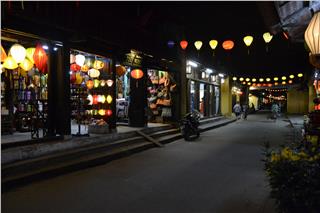
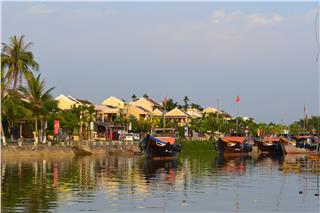
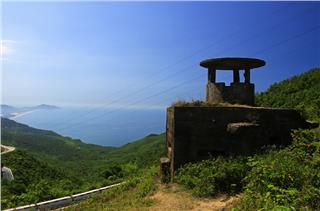
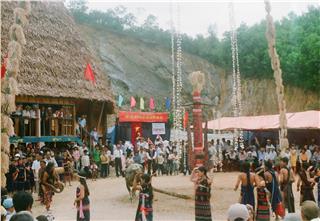
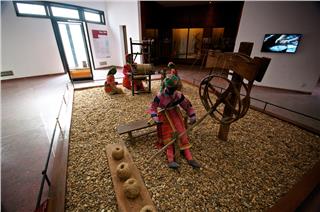
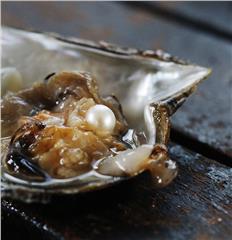
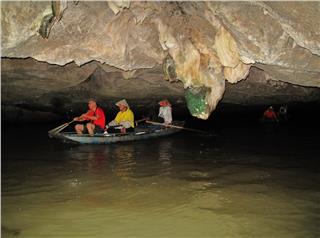
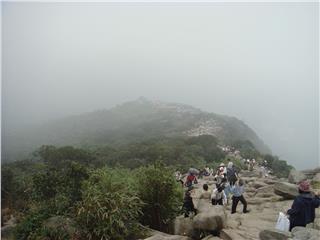
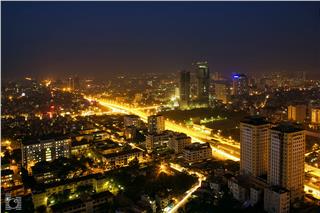
Hoa Lu imperial city is located in Ninh Binh province. The land has both mountains and seas with well-known Ninh Binh attractions such as Cuc Phuong National Park, Van Long natural reserve, Trang An – Tam Coc and the world biosphere reserve along Kim Son beach. However, what make the province attractive are perhaps the cultural features accumulated in the system of ancient temples lying in the four directions around the ancient Hoa Lu imperial city.
According to Ninh Binh geography Book, the cultural space of “Hoa Lu tu tran” is the cultural space limited by the four sacred temples worshipping 3 deities and a saint guarding 4 directions around the former imperial city. Located within a radius of 5km from the center of Hoa Lu imperial city, the cultural and belief space is typical for the land of kings, saints and deities. “Hoa Lu tu tran” includes Thien Ton temple and grotto, where Deity Thien Ton is worshipped, in the east, Cao Son temple, where Deity Cao Son is worshipped, in the west, Quy Minh temple, where Deity Quy Minh is worshipped, in the south. And Duc Thanh Nguyen temple, where Saint Nguyen is worshipped, in the north.
Thien Ton grotto, located to the east of Hoa Lu imperial citadel, is a cultural historical relic site with ancient architectural buildings. The grotto includes Ngoai (Outer) cave and Trong (Inner) cave. At the gate of the Trong cave lies a stone “Long Dinh” with patterns of dragon and cloud on it. In the building, there is a bronze statue of Deity Thien Ton who stands on a tortoise back. The grotto was named after the deity. Legend has it that when he took his troop to clear away twelve independent feudal warlords, Dinh Bo Linh offered sacrifices in the grotto to ask for the deity’s help. Deity Thien Ton, according to legends, had supernatural power and helped people drive back evil forces.
Villages in the east of Hoa Lu imperial city also worship the deity to pray for peace and good weather. After coming to the throne and setting up the capital in Hoa Lu, Dinh Tien Hoang ordered his people to build “Tien Te” and “Kinh Thien Dai” buildings to receive ambassadors of other countries before they went to the capital city. According to document, Cao Son Dai Vuong was actually Military Chief Vu Lam, the 17th son of King Lac Long Quan. He taught local people cultivate and protect them from dangers so he was worshipped by the local. Cao Son temple is located to the west of Hoa Lu, within the space of the ancient Bai Dinh pagoda. All visitors are surprised to see two temples dedicated to Cao Son here.
On the South is Tran temple, which has been famous for its sacredness. It was built by King Dinh Tien Hoang in the 10th century. In the 13th century, after driving back Mongol invaders (1258), King Tran Thai Tong came here to lead a religious life. On the foundation of the old wooden temple, the King built new stone pillars. Since then, the temple was called Tran temple. Many objects carrying imprints of prehistoric people have been found here. Tran temple is dedicated to Quy Minh Dai Vuong and his wife, Hoang Phi Quy Nuong.
Now the 12 pillars of the temple are still kept intact. The beams, trusses, doorsteps, thresholds and roofs of the temple are made from stone taken from Nhoi Mountain, Thanh Hoa. The temple architecture is in shape is the Han script “Er” with two buildings. The “Tien Bai” (front) building includes 3 compartments and two lean-tos with curved roofs. The ceiling are paved with blue stone and supported with two lines of stone pillars. The first line has 4 pillars made of blue stone on which are carved with images of dragon, cloud, waves, carp transformed into dragon, lion, and stylized flowers. The “Hau Cung” (rear house) has a three-layer altar made of blue stone. On the altar lie two dragon palaces with statues of Quy Minh Dai Vuong and his wife.
Tran temple is isolated in Tham valley – one of the farthest valleys of Trang An tourism area. It takes us several hours to travel through 10 grottos and a dangerous mountain to get to the sacred place. People come here not only to pray for good fortune but also to learn about the history since the King Dinh Tien Hoang founded the country. The belief of worshipping deities has been part of people’s spiritual life. Coming to the sacred space, everyone shows their respect. Such a belief helps people adapt themselves to the good.
The northern temple is dedicated to Saint Nguyen, which was built 2 centuries after the constructure of the other three temples. Saint Nguyen was born in the same land with King Dinh Tien Hoang. He has contributed to building and restoring many relic sites in Hoa Lu imperial city. He is Ly Quoc Su Nguyen Minh Khong. The ancient temple is located in the former Diem village in Trang An, now Gia Thang and Gia Tien communes, Gia Vien district, Ninh Binh. The project is quite large and has many art values. Its architecture is in “noi cong ngoai quoc” style. The five compartments of the front hall are made in “chong ruong” style.
The beams are closely connected with the pillars and arranged in a way that cannot affect the pillars’ withstanding capacity. The innermost building is “tam”, which includes 5 compartments. It is dedicated to Nguyen Minh Khong and his parents. The building behind is the bell tower with two storeys and 8 roofs made of ironwood. The temple is surrounded by many ancient trees and ornamental plants. The landscape here is tranquil.
Saint Nguyen Minh Khong was born on October 15, 1065. He was a famous bonze and shaman in the Ly dynasty. After his death, he was called “Ly Quoc Su” the highest-ranking monk of the dynasty. Thanks to their deeds, he and Tran Hung Dao have been honored by Vietnamese people as Saint Nguyen and Saint Tran.
“Hoa Lu tu tran” shares many similarities with “Thang Long tu tran”. Both spaces are dedicated to 3 deities and one saint. The deities symbolize supernatural power. Saints are real people with great deeds. And deity Cao Son from Phung Hoa (Nho Quan, Ninh Binh) is worshipped both in both places. “Hoa Lu tu tran” just accounts for 5.6% of Ninh Binh province’s total area. However, it plays a very significant role because it creates the cultural identity of the area.
750 relic sites have been found within the space of “Hoa Lu tu tran”. The number of ancient temples in Hoa Lu has been maintained intact till now. People always want to explore and learn new things. This demand grows stronger with the development of life. And traveling is one of the ways to meet that demand. Developing spiritual tourism is to protect, maintain and promote traditional cultural values and make people believe in good things.
Source: VTC10 - NETVIET

 Đặt vé máy bay cho người Việt?
Bấm vào đây
Đặt vé máy bay cho người Việt?
Bấm vào đây
Our service uses cookies for technical, analytical and marketing purposes. See our Cookie và Privacy policies for more information. If you agree to this, just keep browsing.


